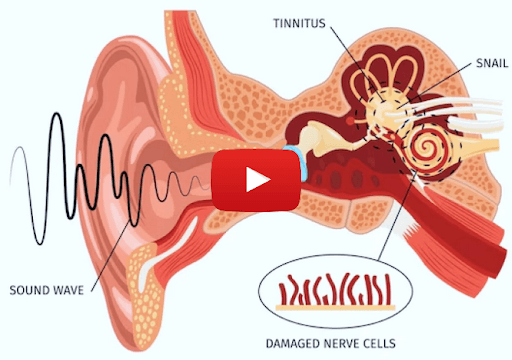The Bogus Science that Made us THINK We Need 3 Meals Per Day for Fat Loss
For generations, the notion of consuming breakfast, lunch, and dinner has been regarded as the "gold standard" for healthy eating. But why do we adhere to this tradition, and is it truly beneficial when considering health and weight management? Shouldn't our evolved understanding permit a flexible approach based on individual needs rather than historical patterns?
While we embrace progress in many realms, dietary habits often remain stagnant. Traditionally, three meals a day served as a norm with an accompanying sense of comfort, supported by cultural and historical persistence. However, these norms are occasionally at odds with modern nutritional insights. Despite advances and availability of diverse data, many still lean towards routine eating patterns without questioning their origins or efficacy, especially when research may present conflicting guidance.
Recent studies, such as those published in the British Journal of Nutrition, posit benefits in consuming three meals daily, indicating reduced central adiposity and improved body mass index (BMI) compared to those who eat fewer meals. However, these findings often implicate correlation rather than causation; less meal frequency in participants was linked with smoking, inactivity, and excess drinking, which are independent risks for poor health.
The approach of such studies draws criticism for their reliance on self-reported data, a method prone to inaccuracies. Participants’ accounts can be unreliable, as they're retrospective views of their dining habits over prolonged periods. Few can accurately recount a detailed account without diligent ongoing documentation.
Alternative research featuring around 50,000 individuals indicates those with extended overnight fasts typically exhibit lower BMIs. Subsequently longer fasting could implicitly lead to consuming fewer meals naturally due to constraints, work schedules, or lot’s unmet hunger.
An intriguing study about snacking patterns and meal frequency suggests structural mixing: participants used less carbohydrates overall and felt varied satisfaction levels when their diet basis shifted from non-snacking to frequent eating patterns or vice versa.
Uniform meal planning misses perceptive factors, among them differing responses towards food quality. Consuming three nutritious meals notably contradicts indulgence in hyper-palatable, process-laden diets; thus inherently debunking area-wide habits without careful differentiation of meal content seems insufficient scientifically speaking.
From Around The Web
Wellness Inbox is a blog & weekly newsletter that curates trending news and products related to health and wellness from around the web. We also gather content from various sources, including leading health professionals, and deliver it directly to you.
Please note that we may receive compensation if you purchase any products featured in our newsletter. Wellness Inbox is not affiliated with, nor does it endorse, any health professionals whose content may appear in our newsletter. The information provided is for general informational purposes only and should not be considered medical advice.
The information provided is not intended to replace professional medical advice, diagnosis, or treatment. All content, including text, graphics, images, and information available is for general informational purposes only. We do not guarantee the accuracy or completeness of any information presented and assume no liability for any errors or omissions. The content is subject to change without notice. We encourage you to verify any information with other reliable sources and consult your physician regarding any medical conditions or treatments.







